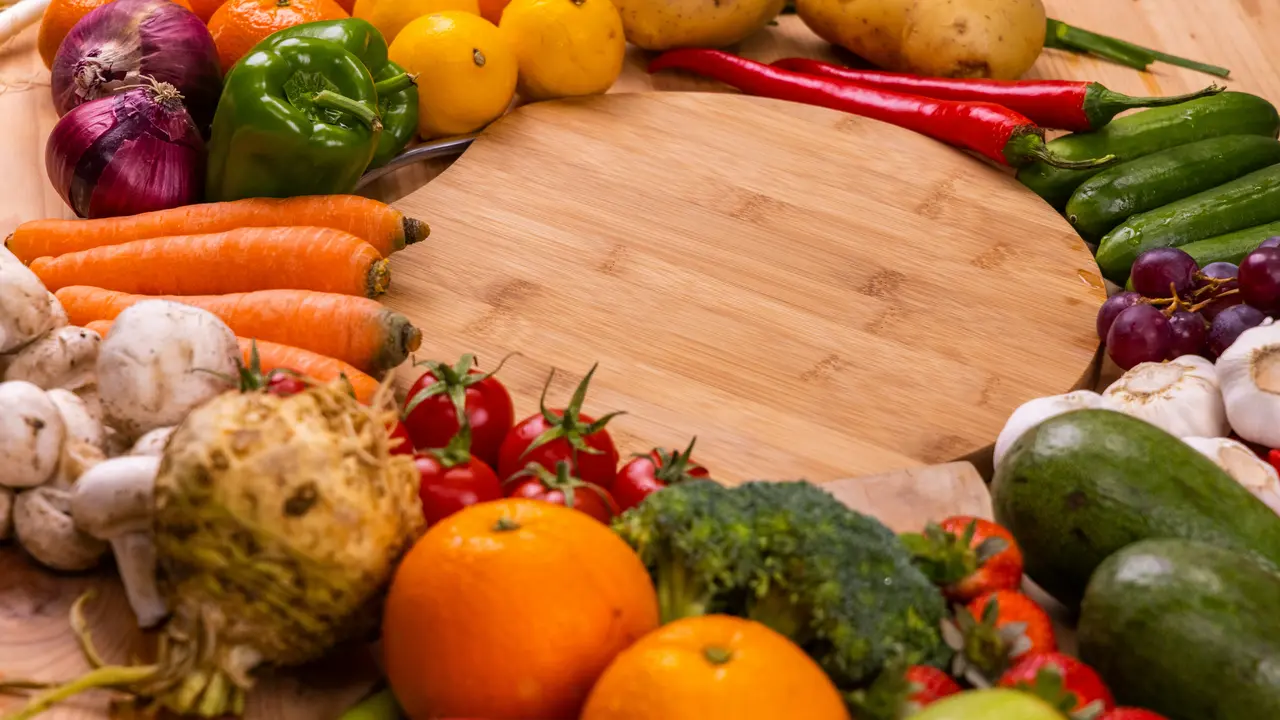Gluten-free pasta has become increasingly popular, especially among those with gluten sensitivities or celiac disease. But a common question arises: does gluten free pasta taste different? In this article, we will explore the various types of gluten-free pasta available, how they compare to traditional pasta, and what you can expect in terms of flavor and texture. Let’s dive in and find out!
Understanding Gluten Free Pasta and Its Flavor Profile
What Is Gluten Free Pasta Made Of?
Gluten-free pasta is crafted from a variety of alternative grains and legumes that do not contain gluten. Common ingredients include:
- Rice flour
- Quinoa flour
- Chickpea flour
- Corn flour
- Potato starch
Each of these ingredients contributes its unique flavor and texture to the pasta, which can impact the overall taste and performance in recipes.
Does Gluten Free Pasta Taste Different from Traditional Pasta?
The short answer is yes, gluten-free pasta does taste different. Traditional pasta is made from wheat, which inherently has a distinct taste and texture. Gluten-free alternatives may bring a variety of flavors depending on their ingredients. For instance:
- Brown rice pasta tends to have a mild, nutty flavor.
- Chickpea pasta may possess a slightly earthy taste.
- Corn pasta can be sweeter and has a different texture.
So, while gluten-free pasta can indeed taste different, many people find that they enjoy those distinct flavors once they adapt to them.
Texture Differences in Gluten Free Pasta
How Does Texture Affect Taste?
Texture plays a significant role in the eating experience. Traditional pasta, due to the presence of gluten, has a chewy and al dente texture, which many find appealing. Conversely, gluten-free pasta often has different textures:
- Some might be softer and break more easily.
- Others can become mushy if overcooked.
- Some varieties maintain a firmer bite but may lack the elasticity of gluten-containing pasta.
Understanding these textures can help you select the right gluten-free pasta for your dishes, enhancing both taste and satisfaction.
Cooking Techniques for Optimal Flavor
To maximize flavor and texture when cooking gluten-free pasta, consider these tips:
- Add a generous amount of salt to boiling water to enhance flavor.
- Avoid overcooking; follow the package instructions closely.
- Toss the pasta with sauces immediately after draining to help enhance taste.
Experimenting with cooking times and methods can significantly influence your perception of whether gluten-free pasta tastes different from traditional varieties.
Pairing Gluten Free Pasta with Sauces and Ingredients
Finding Flavor Balance
The choice of sauces and ingredients can greatly influence how gluten-free pasta tastes. Here are some pairings that work well:
- Rich cream-based sauces can complement the flavors of many gluten-free noodles.
- Robust tomato sauces can provide contrasting flavors, enhancing the pasta’s overall taste.
- Fresh herbs and spices can elevate the dish, making the unique flavors of gluten-free pasta more enjoyable.
By strategically pairing with the right sauces and ingredients, you can create delicious meals that highlight the unique taste of gluten-free pasta.
Common Misconceptions About Gluten Free Pasta
Is Gluten Free Pasta Nutritionally Inferior?
Another common concern is whether gluten-free pasta is nutritionally inferior to its gluten-containing counterpart. While some gluten-free pastas may lack certain nutrients found in whole wheat pasta, there are many nutritious options available. Consider:
- Legume-based pastas, like chickpea or lentil pasta, offer higher protein and fiber content.
- Many gluten-free options are enriched with vitamins and minerals to compete with traditional varieties.
Ultimately, it’s important to check labels and choose options that align with your dietary needs.
What About Flavor Perception Over Time?
It’s worth noting that perception of taste can change over time. Individuals accustomed to gluten-free options may find that they grow to enjoy the flavors and textures of gluten-free pasta. Trying different varieties and recipes can lead to a positive shift in taste appreciation, further emphasizing that does gluten free pasta taste different is subjective and can vary based on individual experiences and preferences.
Conclusion: Embrace the Unique Taste of Gluten Free Pasta
In summary, gluten-free pasta does taste different due to the variety of ingredients and textures available. With the right cooking techniques, pairings, and a willingness to experiment, you can discover and enjoy the unique flavors of gluten-free pasta. Don’t hesitate to give it a try! Share your experiences and favorite recipes with others who may be considering gluten-free options or read more articles to enhance your culinary adventures.
Gluten – Recent Articles
- Is Maruchan Ramen Gluten Free? Discover the Truth Now!
- Does a Gluten Free Diet Help Diabetes? Discover the Truth!
- Discover A&W Gluten Free Menu: Tasty Options Await!
- Discover What Oils Are Gluten Free: Your Ultimate Guide!
- Is Heinz Barbecue Sauce Gluten Free? Discover the Truth!
Gluten – Useful Links
- Celiac Disease Foundation – What Is Gluten?
- Mayo Clinic – Gluten-free diet
- NIDDK (National Institute of Diabetes and Digestive and Kidney Diseases) – Eating, Diet & Nutrition for Celiac Disease
- WebMD – 8 Foods High in Gluten and Why You Should Avoid Them
- BeyondCeliac.org
